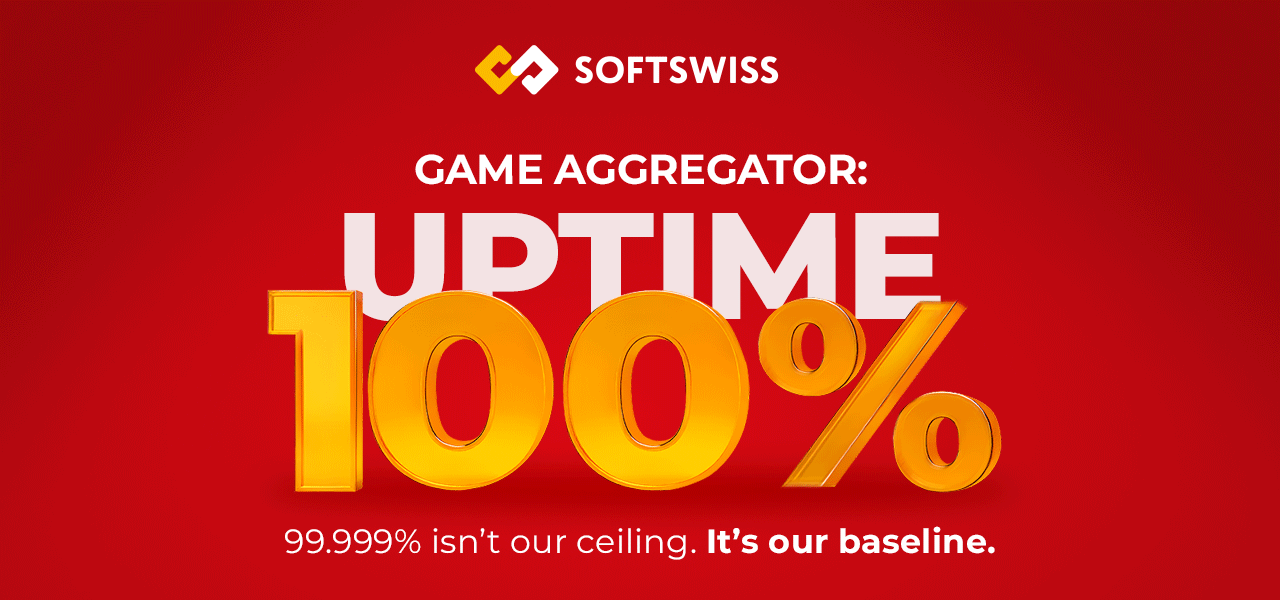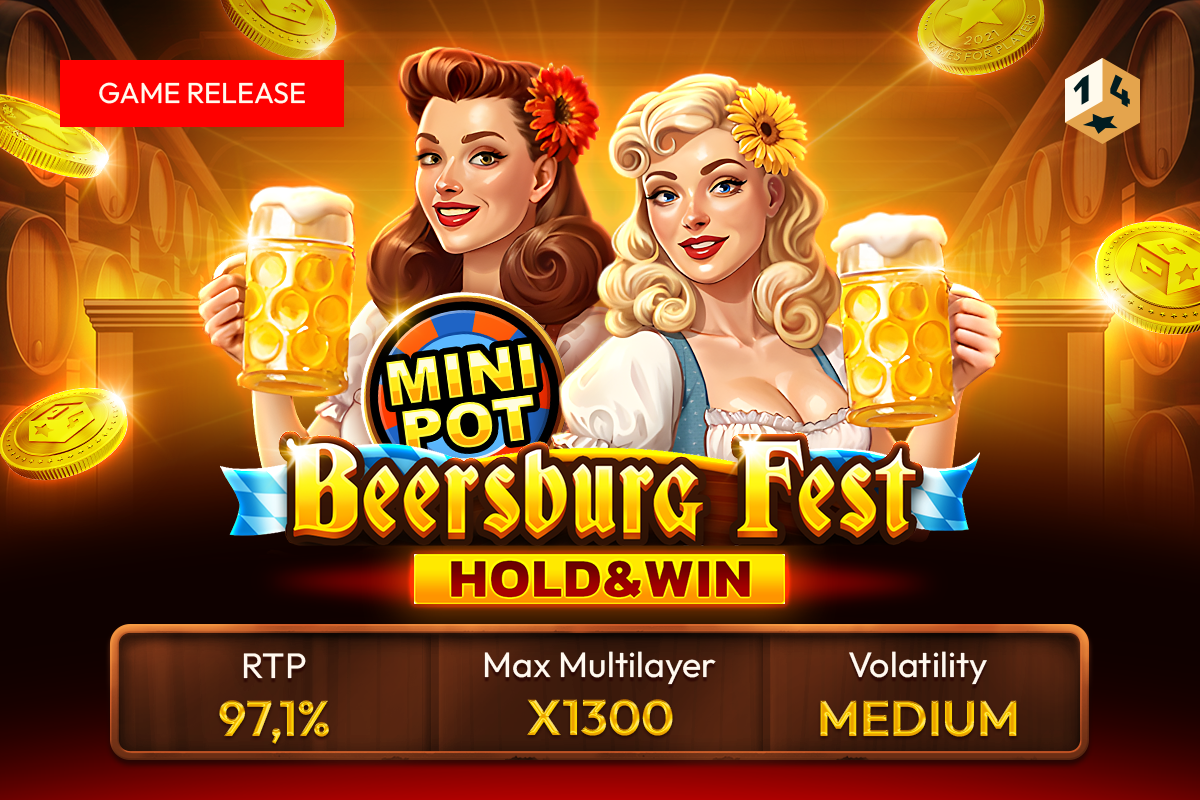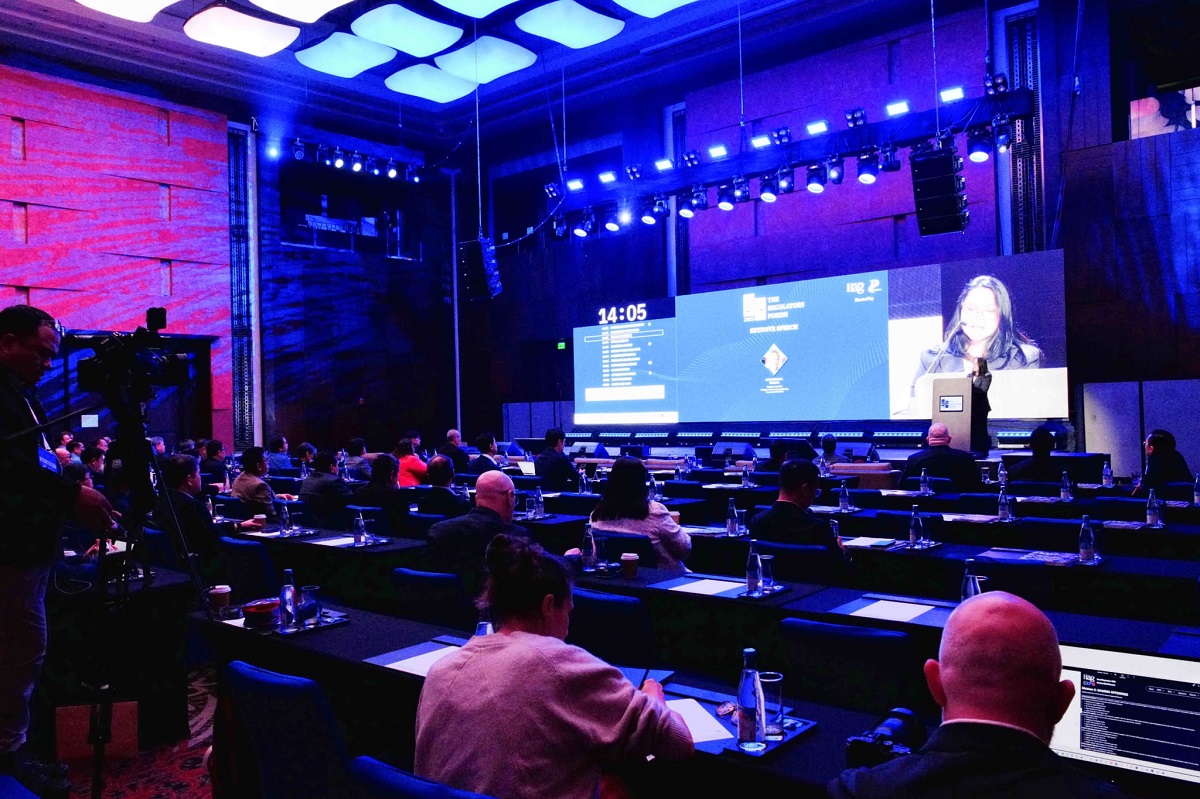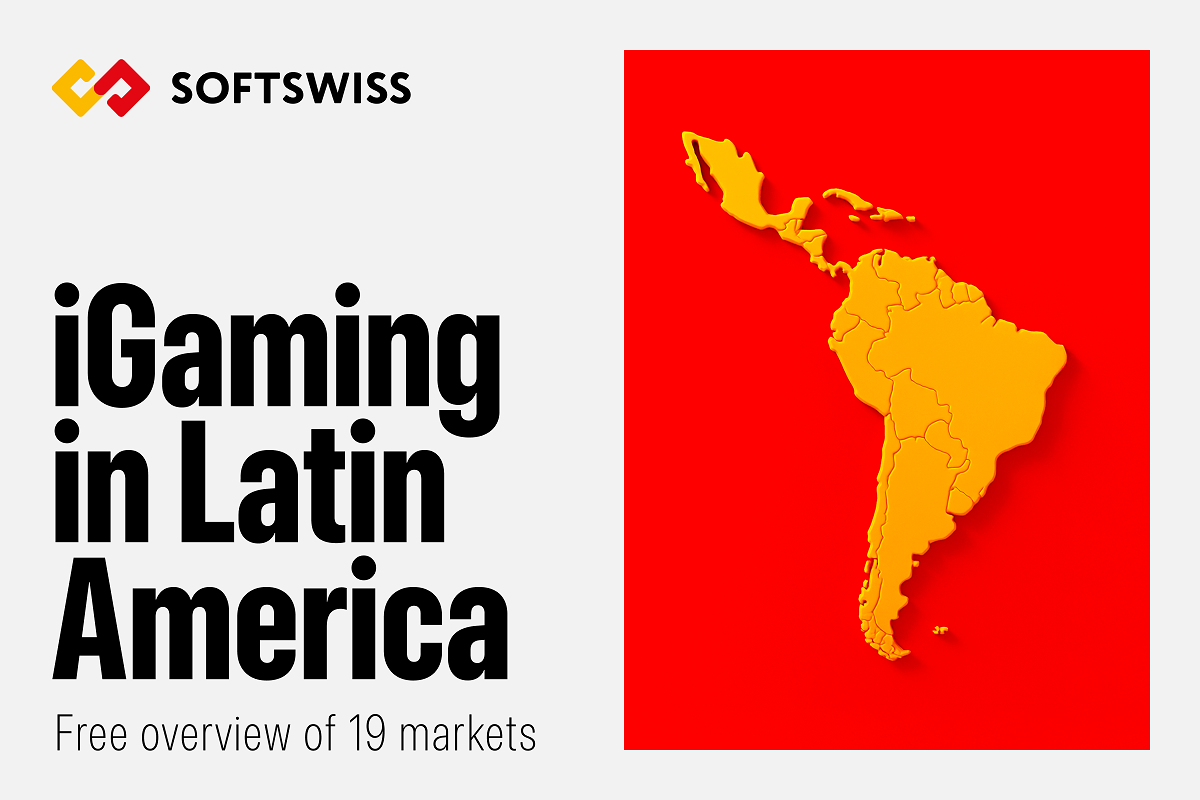Gaming
Outlook on the Mobile Gaming Global Market to 2027 – Players Include Apple, Electronic Arts, Gameloft and Games Inc

The “Global Mobile Gaming Market by Technologies, Platforms, Connectivity Types and Ecosystem Stakeholders 2022 – 2027” report has been added to ResearchAndMarkets’ offering.
This report represents a comprehensive analysis of global mobile gaming opportunities. It provides insights into the mobile gaming business and analysis of current limitations, challenges, and opportunities. The report evaluates current and future mobile gaming technologies, new media, and its dynamics with the mobile gaming business.
The report includes mobile game development studios, publishing companies including local app stores and social networks, gaming economy management companies, mobile gaming business model and drivers, global and gaming business prospects, and mobile network operators.
The report includes extensive user analysis including demographics and preference analysis by game type, device type, connection type and more. It includes comparative analysis by age, gender, income, and spending habits.
Select Report Findings:
- Mobile social game will hold highest market share
- Retail industry will be the fast adopter in branded game segment
- Consumer payment will be the highest market share within gaming service segment
- Gaming Management provider will experience highest CAGR during forecasted period
Today smartphones lead the mobile gaming platform by users but tablets generate higher rates across paid monetization, micro transactions, and advertising. Tablets have started competing substantively with console devices and may overtake them in the near future. Tablets now represent an attractive mid-core gaming platform.
The proliferation of app store and social networking site portals has greatly contributed to the development of the mobile gaming market. Developers can now sell games directly through the app store and can build social communities that lead to greater scope for monetization. Cloud-based publishing has enabled multi-screen publishing and seamless game play across mobile, console and mobile devices that fostered mobile gaming greatly.
Key Topics Covered:
1.0 Executive Summary
2.0 Introduction
2.1 Defining Mobile Gaming
2.2 Mobile Gaming App Development
2.3 Gaming Platform Analysis
2.4 Strategic Market Impact Analysis
2.5 Mobile Gaming Apps Types
2.5.1 Multiplayer Mobile Gaming
2.5.2 Mobile Social Gaming
2.5.3 Mobile Location Based Gaming
2.5.4 Mobile Video Gaming
2.5.5 Mobile Cloud Gaming
2.5.6 Mobile Casual Gaming
2.5.7 Free-to-Play App
2.5.8 Mobile Casino Gaming
2.5.9 Gamification App
2.6 Market Dynamic Analysis
2.6.1 Market Growth Driver Analysis
2.6.2 Market Limitation Analysis
2.7 Regulation and Fraud Analysis
2.7.1 Mobile Game Piracy and Virtual Currency Scam
2.7.2 Mobile Social Gambling Ban in Japan
2.7.3 Geographic Implication of Antipiracy Law
2.7.3.1 Japan
2.7.3.2 Russia
2.7.3.3 China
2.7.4 Zynga with PrivacyVille
2.7.5 Cyber Criminal Attack on Mobile Social Game
2.7.6 In-Game Scam Debate in Mobile Social Game
2.7.7 Open Web to Save DMCA: MiniMega vs. TomKid Game
2.7.8 RMT and Gold Farming Regulation
2.7.9 Offshore Opportunity in Asia
2.8 Value Chain Analysis
2.8.1 Mobile Game Developer
2.8.2 Mobile Game Publisher and Service Aggregators
2.8.3 Sales Channel and Platform Providers
2.8.4 Telecom Operators
2.8.5 Hardware Manufacturer
2.8.6 New Entrants Role
2.8.6.1 Technical and Legal Role of Technology Provider
2.8.6.2 Virtual Goods and Currency Provider Role
2.8.6.3 Micro Transaction Solution Provider Role
2.9 Cross Platform OTI vs. OTA Distribution and Fragmentation
2.9.1 Major Challenges in Fragmented Distribution
2.10 Monetization Metrics Analysis
2.10.1 Converting Mobile Gaming Metrics to Conversion Funnel
2.10.2 Game Life Cycle and KPI
2.10.3 Gaming Analytics
2.10.4 Viral vs. Retention
2.10.5 Business Monetization Metrics
2.10.6 Brand Monetization Metrics
2.10.7 Game Monetization
2.10.7.1 Crowded Game Store
2.10.7.2 Player retention and Engagement
2.10.7.3 Premium Model
2.10.7.4 Opportunity for Game Maker
2.11 Mobile Social Game Design Framework
2.11.1 F2P Mobile Social Game Design Framework
2.11.2 Benefits for using framework
2.11.3 Nine Dimensions of the Framework
2.11.4 Adding Fun in Game Design
2.11.5 Game Marketing: Role of Apps, Video, Smart TV, and Viral
2.11.5.1 Gaming Apps Marketing
2.11.5.2 Video Marketing
2.11.6 Role of Smart TV and Location Targeting
2.11.7 Importance of Viral
2.12 Mobile Social Gamer Engagement Panorama
2.12.1 First 3 Days Dilemma
2.12.2 7 day + Dilemma
2.12.3 Rising Mobile Gaming Engagement
2.12.4 Blending game science with art
2.12.5 Empathy Game: New Wave of Engagement
2.13 Business Model Analysis
2.13.1 Key Mobile Gaming Strategies
2.13.2 Revenue Sources and Cost Items
2.13.3 Trendy Business Model
2.13.3.1 Virtual Items and Micro Transaction
2.13.3.2 In-Game Ad / Branded Games
2.13.3.3 Subscription/Bundle Pack with Virtual Items Trading
2.13.3.4 In-Game Ad / Branded Game with In-Store Benefits
2.13.3.5 Premium Game with In-Store Benefits
2.13.3.6 Casino / Club Gambling Model
2.13.3.7 User Generated Model
2.13.3.8 Gamification Centric Model
2.13.4 Tips for Economic and Gamification in Business Model
2.13.4.1 Free entertainment illusion
2.13.4.2 Never set payment limit for user
2.13.4.3 Focus on detail activities
2.13.4.4 Recruit more players
2.13.4.5 Current Trend in Pricing Model
2.13.5 Advertising Model
2.13.5.1 CPC Advertising Model
2.13.5.2 CPI Advertising Model
2.13.5.3 Profitable CPI
2.13.5.4 Pricing of Virtual Goods
2.13.6 Building Mathematical Model to Set Price
2.13.7 Market Challenge and Game Balancing Method
3.0 Technology and Application Analysis
3.1 Gaming Hardware Analysis
3.2 Gaming Software Analysis
3.3 Gaming Service Analysis
3.4 Gaming Management Provider
3.5 Gaming Technology
3.5.1 Action and Adventure
3.5.2 Social Casino
3.5.3 Sports and Role Playing
3.5.4 Strategy and Brain
3.5.5 Arcade
3.5.6 Other Technologies
3.6 Connectivity Analysis
3.6.1 WiFi
3.6.2 Cellular (4G LTE/5G)
3.6.3 Wimax
3.6.4 Bluetooth/BLE
3.6.5 LPWAN Connectivity
3.7 Mobile Gaming Success Strategy Analysis
3.7.1 Features to Incorporate in Game
3.7.2 Popular vs. New Gaming IP
3.7.3 Mobile Game Production Cost
3.7.4 Successful Gaming IP line Creation
3.7.5 Minimize Marketing and User Acquisition Cost
3.7.6 Use of Monetization Strategies
3.8 Investment Trend Analysis
3.8.1 Second Screen including Mobile Devices and TV
3.8.2 Social vs. Game Network
3.8.3 Gaming Industry Transition and Fragmentation
3.8.4 Gaming Sector and Business Model
3.8.5 Value vs. Volume Regions
3.9 Wearable Gaming
3.9.1 Smartwatch as Wearable Gaming Platform
3.9.1.1 Pervasiveness
3.9.1.2 Interface
3.9.2 Potential Platform Analysis
3.9.2.1 Mind Pirate
3.9.2.2 OBJE (Obscene Interactive)
3.9.2.3 Oculus Rift
3.9.2.4 Sony
3.9.3 Privacy concerns
4.0 Company Analysis
4.1 Mobile Game Developer and Publisher
4.1.1 Activision Blizzard
4.1.2 Alphabet (Google)
4.1.3 Apple
4.1.4 Electronic Arts
4.1.5 Gameloft SE
4.1.6 Games Inc.
4.1.7 Take-Two Interactive Software
4.1.8 Glu Mobile
4.1.9 GungHo Online Entertainment
4.1.10 IBM corporation
4.1.11 InMobi
4.1.12 Kabam Games
4.1.13 MocoSpace
4.1.14 NetEase
4.1.15 Nintendo
4.1.16 Oracle corporation
4.1.17 Rovio Entertainment
4.1.18 Sony Interactive Entertainment
4.1.19 Supercell Oy
4.1.20 Tencent Holdings
4.1.21 The Walt Disney Company
4.1.22 Ubisoft Entertainment SA
4.1.23 Zynga
4.1.24 Halfbrick
4.1.25 Capcom
4.1.26 Namco Bandai
4.1.27 Gamevil (Com2uS)
4.1.28 Zeptolab
4.1.29 Square Enix
4.1.30 Gameprom
4.1.31 Kairosoft
4.1.32 Konami
4.1.33 GREE
4.1.34 DeNA
4.1.35 Sina Weibo
4.1.36 Papaya Mobile
4.1.37 Hungama Games
4.1.38 Anino mobile
4.1.39 Socialpoint
4.1.40 Agate Studio
4.1.41 Renren
4.1.42 Kaixin001
4.1.43 51.Com
4.1.44 Mixi
4.1.45 Cyworld
4.1.46 Bebo
4.1.47 Amazon
4.1.48 Gaia Online
4.1.49 Badoo
4.1.50 Chillingo
4.1.51 KakaoTalk
4.1.52 Line
4.1.53 Wandoujia
4.1.54 Baidu App store
4.1.55 Facebook Games
4.1.56 Slide ME
4.1.57 GetJar
4.1.58 CodeNgo
4.1.59 Apps UK Ltd.
4.1.60 Anzhi
4.1.61 F-Droid
4.1.62 Cydia
4.1.63 Nvidia (Geoforce)
4.1.64 Nook App Store
4.1.65 Taobao App Market
4.1.66 Bemobi International
4.1.67 Mobango
4.1.68 Appitalism
4.1.69 Kongregate
4.1.70 Maopao
4.1.71 Alternative.To
4.1.72 360 Market
4.1.73 Xiaomi App store
4.1.74 One Store Corp.
4.1.75 MTNPlay
4.2 Gaming Service Management Provider
4.2.1 WildTangent
4.2.2 iWin
4.2.3 Twitch.TV
4.2.4 Appia
4.2.5 XSplit
4.3 Carrier Analysis
4.3.1 AT&T
4.3.2 Verizon
4.3.3 T-Mobile USA
4.3.4 Vodafone
4.3.5 EE
4.3.6 Telenor
4.3.7 NTT DoCoMo
4.3.8 KDDI au
4.3.9 China Mobile
4.3.10 China Unicom
4.3.11 China Telecom
4.3.12 Airtel (Bharti)
4.3.13 Vodafone Idea
4.3.14 SK Telecom
4.3.15 Telstra Mobile
4.3.16 Optus Mobile
4.3.17 MTS
4.3.18 Telkomsel
4.3.19 Indosat
4.3.20 Viettel
4.3.21 Globe Telecom
4.3.22 Maxis
4.3.23 SingTel Mobile
4.3.24 AIS
4.3.25 DTAC
4.3.26 Etisalat
4.3.27 Cellcom
5.0 Market Analysis and Forecasts 2022 – 2027
5.1 Mobile Gaming Market 2022 – 2027
5.2 Mobile Gamer 2022 – 2027
5.3 Mobile Gamer: Demography Analysis 2022 – 2027
6.0 Conclusions and Recommendations
-

 Asia6 days ago
Asia6 days agoTesla to showcase Model Y with NODWIN Gaming at the thrilling BGMS Season 4 Grand Finals
-

 Compliance Updates6 days ago
Compliance Updates6 days agoSOFTSWISS Compliance Expert Shares Knowledge on AML in iGaming for Sumsub Academy
-

 Africa6 days ago
Africa6 days agoRacing1 is exhibiting for the first time at the Grand Prix D’Afrique
-

 Latest News6 days ago
Latest News6 days agoÅland-Based Gaming Company Paf Becomes Main Partner of the Finnish Ski Association – One of the Most Significant Sponsorship Agreements in the Association’s History
-

 Latest News6 days ago
Latest News6 days agoAnimo Studios debuts virtual hosts for live table games starting with Stake
-
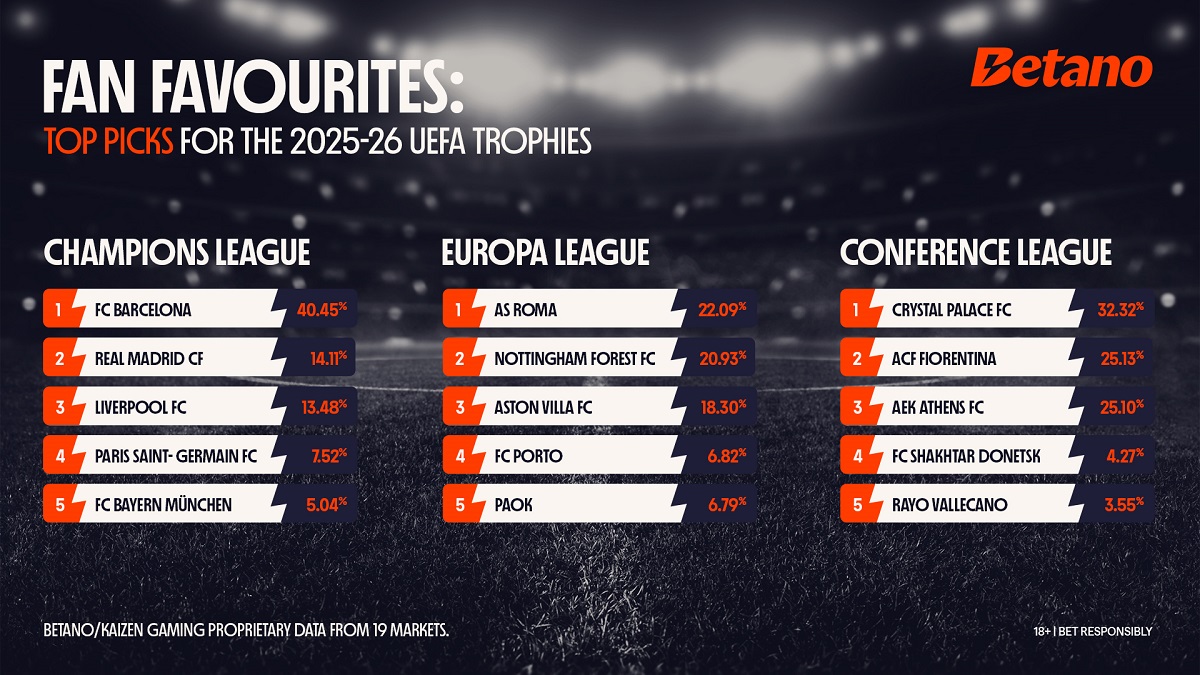
 Latest News6 days ago
Latest News6 days agoKaizen Gaming data – FC Barcelona the fan favourite to win the Champions League
-

 Latest News6 days ago
Latest News6 days agoWeek 37/2025 slot games releases
-

 Latest News6 days ago
Latest News6 days agoBehind the surge in XRP, DL Mining brings new opportunities to get 0.1BTC or 2ETH with your XRP

